On the re-naming process, when advertising folks gather in a room and cook up words, run them by trademark attorneys and focus groups, massage them with art direction, and bill companies for hundreds of thousands of dollars. They then send out all sorts of brand rules, and make folks on the front line enforce them so as to keep to “brand message” and such. This is called “brand development” and the process mostly adds little value.
So many of the created names (also called invented brand names) become as disposable as the conglomerates that sport their names. Here are some top crappy fake company names, dead and alive. We will call it the BrandlandUSA Invented Brand Wasteland. In the spirit of these crappy brand names, we will call it Brinbrawa. Which is an awful name but no worse than Aviva.
Top invented brands:
- The most famous is Enron. Not much more needs to be said.
- There is also Allegis (that was parent of United Airlines, Hertz and Western International hotels; now the name is used on a consulting company) ALIVE
- Merkur (a sort of Mercury import that I kinda liked) DEAD
- Conrail (changed from Penn Central, now reverted back to CSX and Norfolk Southern except in a few spots. ALIVE SORT OF
- Venator (first Woolworth and now Foot Locker) DEAD
- Cingular (the name still appears on my cellphone! I like the little orange man, actually) SORTA DYING, AND SAD ABOUT THAT
- Crestar (a horrid horrid bank name. Shameful!) DEAD
- Consignia. Embarrassing name for the Royal Mail. I mean REALLY. How the heck does this stuff happen? DEAD
- Aviva, formerly Norwich Union. HOPE IT DIES
- Genworth (I would rather have a policy from Life of Virginia, thank you!) ALIVE

One could go on forever with fake brands like this on the brand dump heap. I recall talking to a marketing person (for fun I will call her Marketing Chick) in Richmond, Virginia who worked on the marketing team at Crestar and then later worked at Trigon, which is what Blue Cross and Blue Shield of Virginia became before it was purchased by Anthem. I asked about the Crestar name, and recall her pride that her experience working on the team that came up with Crestar was valuable in creating Trigon. I don’t recall exactly what the marketing lady said about the name and its origins, but I do know they couldn’t have been happy when the whole community compared the new name to toothpaste. However, it would have been obvious to anyone that Crest is about teeth.
In fact, one of the biggest time wasters that p.r. people have to do is to chide journalists to use the “NEW” branding when they have been trained to use another brand for lo, yes, decades.
Tricon and Trigon
Now, of course, Trigon is gone, not to be confused with Tricon, which was the parent company of KFC, formerly Kentucky Fried Chicken but now Kentucky Fried Chicken yet again and Pizza Hut). The company, the former fast food division of Pepsico, goes by the name of YUM Brands.
Back to our terribly capable but misguided Marketing Chick at Trigon. What remains crystal clear is that the evidence of one bad solution, Crestar, that did not work, was evidence of a second bad solution at another company. Customers were confused, the company gained absolutely nothing, and the only folks who got rich were the ad agencies, sign companies and printers. Very easily, each of these companies could have just kept the old names, with not so exciting graphic identities, and left them be. Because the important thing, above all, is the performance of the company.
Certainly, as a believer in brand recycling, we think there can be some value in these corporate entity names. If you, as a brand manager, are stuck with one of these corporate Rosemary Babies, don’t quickly jettison it, or you will make people mistrust the company’s mistake. Just use it as a subsidiary name or shell company name for some half-baked Bermuda tax subsidiary. Or call a licensing company and see if they can get you some revenue for the sale of the brand. Perhaps Enron could be licensed for T-shirts and those $20 Chinese space heaters they sell at Walmart. There is great value in the Cingular brand that AT&T is wasting. It could be used for a spin-off cellphone plan name, or even licensed for cellphone peripherals.
Because of the need for unique URLs and the proliferation of brands, some of this stuff is entirely necessary. But much of it is make work.

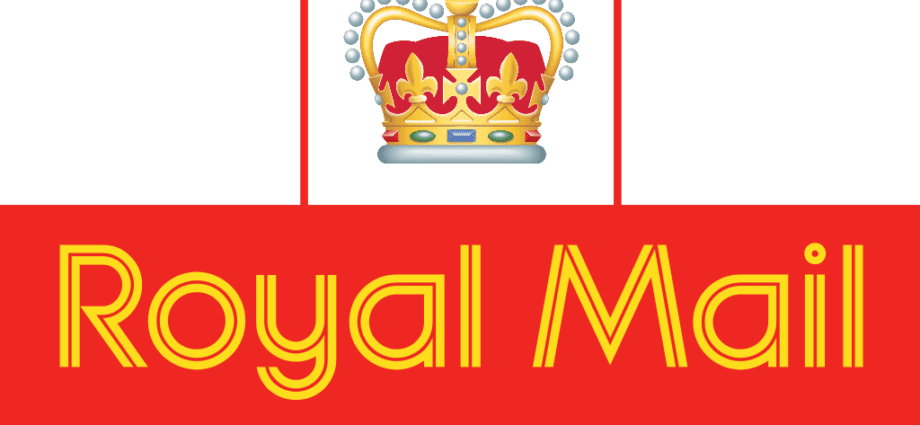



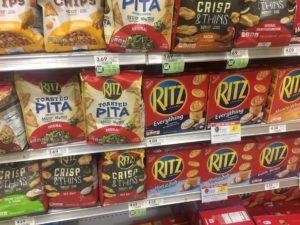
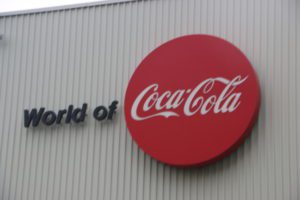
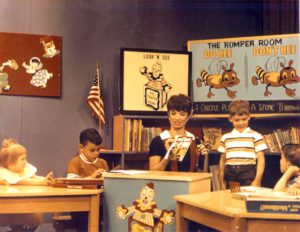
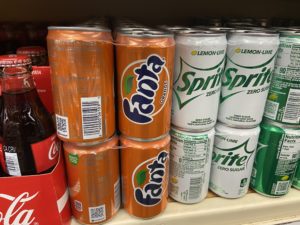
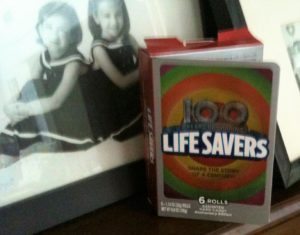
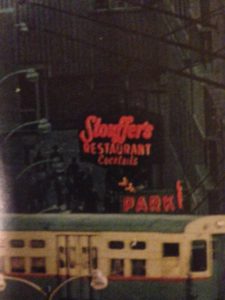
When I worked at United Virginia Bank and they announced the “Crestar” name, the employees had what can only be said to be an overwhelming felling of “WTF?” They had to rush the announcement of the new name because someone leaked it to the media before it was to become official. Since they had to move quickly, a Richmond attorney took advantage of the situation by promptly incorporating and obtaining business licenses for 20 or so “Crestar” entities. I don’t know if they paid anything to make him go away; the bank had much better lawyers.